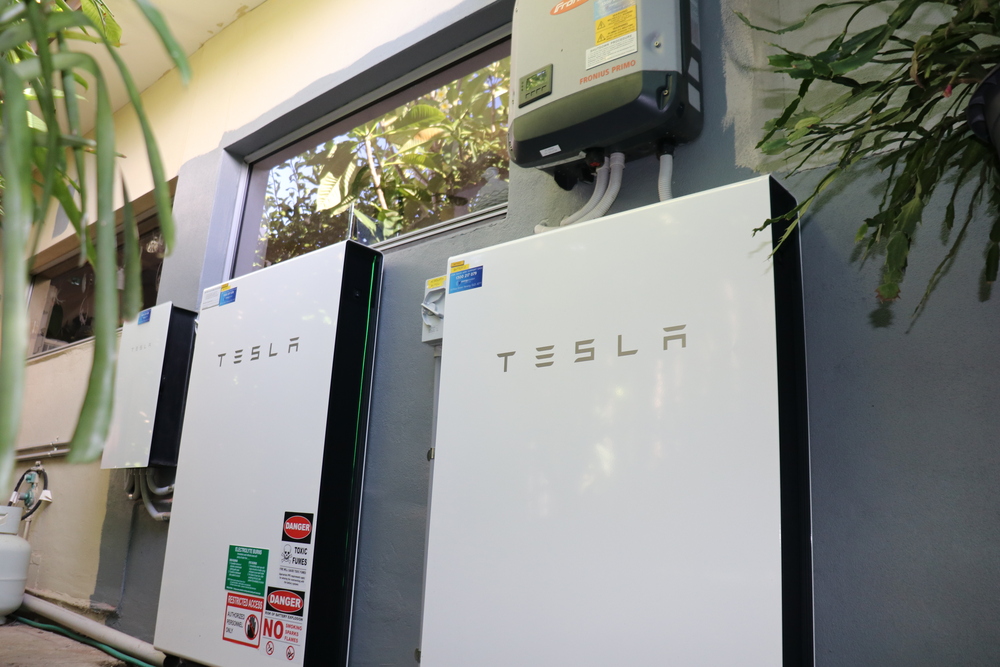In today’s world, people and companies are becoming more aware of how their actions affect the environment and society. Many businesses now want to show that they are being responsible by tracking and reporting their efforts to protect the planet and help communities. This is where a sustainability reporting platform becomes important.
This blog will explain what a sustainability reporting platform is, how it works, and why it is helpful for companies. We will use simple language so that even a 10th-grade student can understand the topic easily.
What Is a Sustainability Reporting Platform?
A sustainability reporting platform is a digital tool or software that helps businesses collect, manage, and share data about their environmental, social, and governance (ESG) activities. These platforms make it easier for companies to track their progress in areas like:
-
Reducing pollution
-
Saving energy and water
-
Using eco-friendly materials
-
Supporting worker rights
-
Giving back to the community
The main goal of using a sustainability reporting platform is to be honest and clear about how a company is helping to make the world a better place.
Why Do Companies Need Sustainability Reporting?
Companies have many reasons for reporting their sustainability efforts:
-
Transparency: Customers, investors, and the public want to know what a company is doing to be responsible.
-
Trust: When a company shares its progress honestly, it builds trust with people.
-
Laws and Rules: Some countries require big companies to report their sustainability work.
-
Better Decisions: When companies see their own data, they can make smarter choices to improve.
-
Attract Investors: Many investors now prefer to put their money in companies that care about the environment and society.
Key Features of a Sustainability Reporting Platform
A good sustainability reporting platform has many useful tools. Here are some of the main features:
1. Data Collection
The platform gathers information from different parts of a company. This can include data from factories, offices, and even suppliers.
2. Performance Tracking
The platform shows how the company is doing over time. For example, it might track how much energy the company is using each month or how much waste is being reduced.
3. Reporting Tools
It helps companies create easy-to-read reports and graphs. These reports can be shared with others, like customers, investors, or government agencies.
4. Compliance Support
Some platforms help companies follow rules set by governments or international organizations.
5. Goal Setting
Many platforms let companies set targets. For example, a company might want to use 50% renewable energy by 2030. The platform can track their progress.
Types of Sustainability Reports
Companies can use the platform to create different types of reports. Some of the common ones include:
-
Environmental Reports: Focus on pollution, energy, water, and waste.
-
Social Reports: Talk about employee safety, worker rights, and community support.
-
Governance Reports: Explain how the company is run and how decisions are made.
How Do These Platforms Help the Environment?
A sustainability reporting platform is not just about writing reports. It actually helps companies become greener and more responsible. Here’s how:
-
Finding Waste: It shows areas where the company is wasting energy, water, or materials.
-
Saving Money: Less waste often means lower costs.
-
Reducing Pollution: By tracking pollution, companies can work to lower it.
-
Improving Operations: Companies learn to use resources more wisely.
Examples of ESG Data Tracked
Here are some examples of what a company might track using the platform:
| ESG Area | Example Data |
|---|---|
| Environment | Carbon emissions, energy usage |
| Social | Worker health and safety records |
| Governance | Board diversity, ethics policies |
Benefits for Different People
A sustainability reporting platform helps more than just the company:
-
Customers: They feel good buying from responsible companies.
-
Investors: They can choose to support companies that match their values.
-
Employees: They are proud to work for a company that cares.
-
Communities: They benefit from cleaner environments and better support.
How to Choose the Right Platform
Not all platforms are the same. When picking one, companies should look at:
-
Ease of Use: It should be simple to understand and use.
-
Customization: It should work for different types of companies and industries.
-
Data Security: Information should be safe and protected.
-
Support and Training: The platform should offer help and guidance.
-
Integration: It should work well with the company’s other systems.
Future of Sustainability Reporting
As more people care about climate change, pollution, and human rights, sustainability reporting will become even more important. New technologies like Artificial Intelligence (AI) and Big Data will make platforms smarter and more accurate. This means businesses will be able to make faster and better choices.
In the future, almost every large company will likely use a sustainability reporting platform to share their progress and stay accountable.
Conclusion
A sustainability reporting platform is a powerful tool that helps companies track and share their efforts to protect the environment, treat people fairly, and follow good business practices. It builds trust, meets rules, and helps make smarter choices. As our world faces serious environmental and social challenges, tools like these play a big role in making sure businesses are part of the solution.
By using such platforms, companies can be more responsible and inspire others to do the same.









